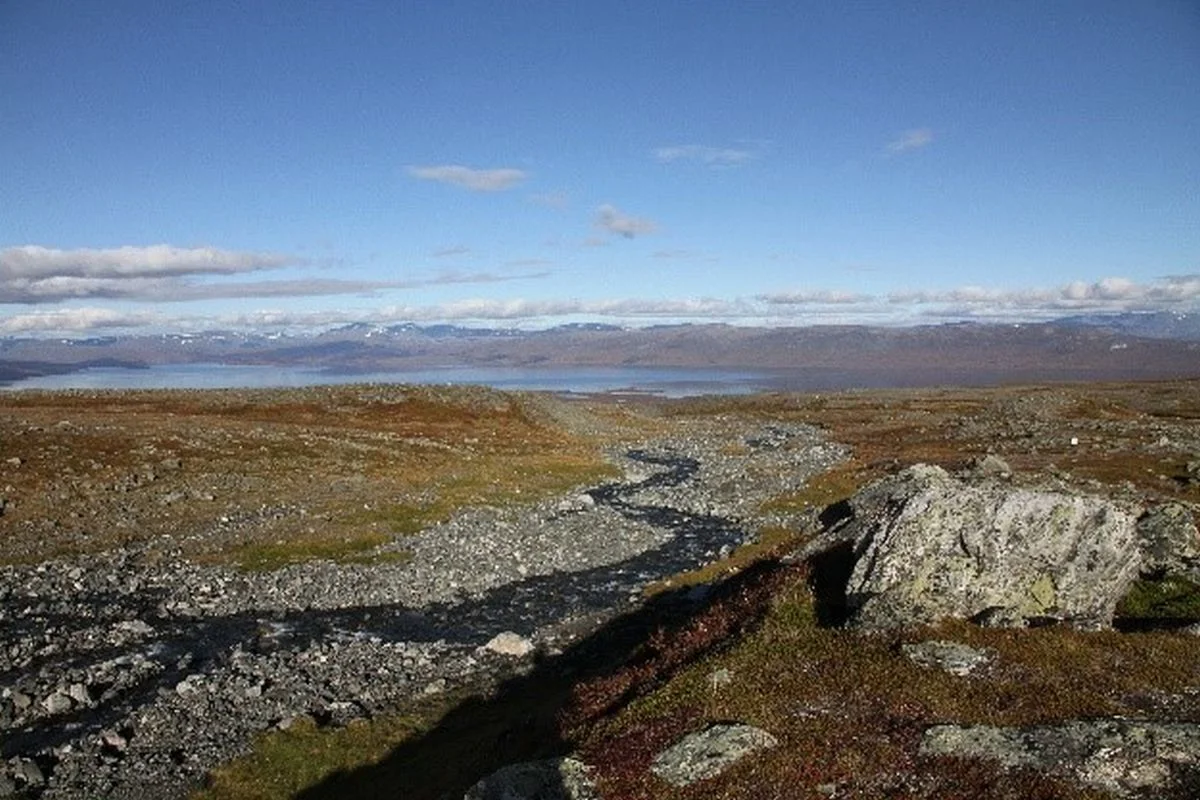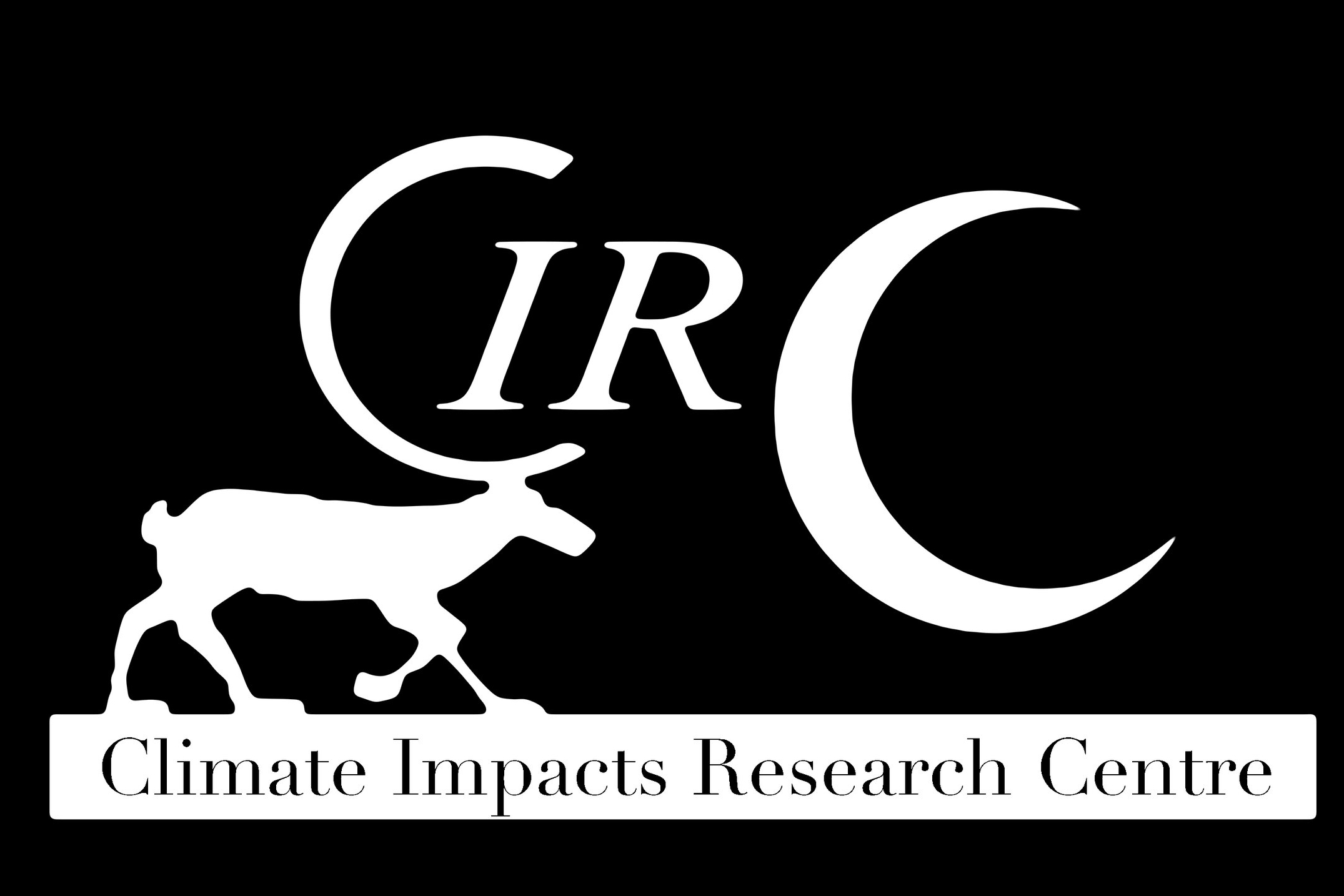Streams are sensitive sentinels for environmental change by their integration of processes in terrestrial and aquatic systems. Upland headwater streams in the north Swedish tundra show seasonally exceptional high concentrations of uncolored dissolved organic carbon (DOC) and high carbon dioxide concentrations.
Tundra P - Phosphorus transformation across Pan-Arctic tundra ecosystems
Phosphorus (P) constrains the activity of plants and decomposers, and therefore carbon storage in many arctic ecosystems, yet our understanding of P availability in the tundra lags behind understanding of the carbon and nitrogen cycles.
Phosphorus efficient agriculture with arbuscular mycorrhizal fungi
Phosphorus (P) is an essential element for all living organisms, and without P we cannot produce food. Most P that is used in agriculture comes from mines in Northern Africa, which are about to be depleted.
Nutrient availability along two arctic successional gradients
Understanding how plant succession is influenced by climate warming is a key issue for understanding how arctic landscapes will change in the future. At high latitudes, low temperature drives disturbance and the consequent primary succession (e.g., cryoturbation, glacier advance and retreat).
SITES Water
SITES WATER
SITES is a nationally co-ordinated infrastructure for terrestrial and limnological field research.
SITES extends throughout Sweden with different ecosystems and climatic zones, from agriculture lands, forest, cultivated forest to mires, streams, lakes and alpines.
SITES offers all scientists to use participating field research stations. Either you can be on site yourself or outsource an assignment to the technical staff at the station. You also have the opportunity to use existing data collected at the stations. There are, in a number of areas of research, extensive and long series of data. Read more about what SITES provides here.
Within SITES three new infrastructures has been initiated and is now under development: SITES Water, SITES AquaNet och SITES Spectral.
Project Description
SITES Water aims to build a long-term and well-coordinated measurement program
that will form the basis for the infrastructure where hydrological, physical, chemical and biological parameters in lakes and streams will be measured.
SITES Water builds a unique long-term measurement program where hydrological, physical, chemical, and biological parameters within lakes and streams are measured. Based on this ‘backbone’ infrastructure SITES Water will thus provide data and facilities to address a broad range of scientific questions relevant for the scientific community.
Seven of SITES nine stations participate. SITES Water is either initiated as a new facility at some stations or built upon already existing stream/lake networks at some other stations. SITES Water share and competence develop the team/crews across stations working with these structures and data to deliver a state-of-the-art measurement program.
SITES Water data
There are several types of data collected within SITES Water divided into six layers.
Each layer are described below and there specify well what type of data that are collected and distributed. All layers are divided into base and advance level where base level apply to all stations, and advance apply to some and are usually a result of already ongoing programs and built on previous knowledge at the station.
Site in abisko
Abisko scientific station is unique and versatile modern research station located app. 200 km north of the polar circle. The station has international standard and are used by a number of different research projects addressing high tech experiments in soil and water terrain. Abisko also provides measurement programs and observations for a number of different parameters. The surrounding environment is diverging both from a topographic perspective but also regarding climate gradients.
Researches in Abisko utilize the measurement programs and observational data series along with specific experiment and modelling to address questions mainly related to environment and climate change. Addressed time perspectives of these studies range from hundreds of millions of years back in time to different future scenarios.
Each year between 500 and 600 researchers from the whole world visit Abisko. The station provides lodging, guest kitchen, laboratories, offices, library, workshops, and lecture halls, meeting rooms, green house, “attempt gardens”, storage rooms and a meteorological station.
For access of observations and data from measurement programs in Abisko please contact the station manager, explore Abisko base program of parameters and sampling plots or visit Abisko-GIS (external homepage).
Abisko is part of SITES infrastructures SITES Water and SITES Spectral.
The homepage of Abisko can be found here.
Abisko researcher
Effects of reindeer on plant and soil nutrient stoichiometry in Arctic tundra
Effects of reindeer on plant and soil nutrient stoichiometry in Arctic tundra
Project Summary
Herbivores directly and indirectly influence the structure and function of ecosystems throughout the world. Present conceptual models predict that herbivores have a positive effect on nutrient availability and primary productivity in nutrient rich environments and a negative one in nutrient poor environments. However, a recent meta-analysis did not support a positive relationship between plant nutrient availability and the effect of herbivores on nitrogen cycling in several grassland ecosystems. The reason for the shortcoming of present theories could be that they fail to incorporate the complex interactions regulating the release of nutrients from the soil organic matter by microbial decomposers.
In order to assess this shortcoming, a new stoichiometric explicit model of the nutrition of herbivores, plants and microbes was designed. In contrast to previous models, it includes delayed composition and stoichiometric constraints on decomposers similar to what we find in terrestrial ecosystems.
This project will focus on 1) testing predictions of the model in a reindeer-dominated tundra ecosystem and 2) further developing the model by adding key processes that operate in northern ecosystems (e.g. uptake of organic nutrients by plants, herbivore-mediated changes in plant community composition).
Collaborators
Johan Olofsson, Umeå University
Mehdi Cherif, Umeå University
Funding
The Kempe Foundation
Microbial use of phosphorus in soils
Microbial use of phosphorus in soils
Project Summary
Globally, phosphorus (P) together with nitrogen (N) is the most important nutrient element limiting plant growth. In boreal forest ecosystems, P limitation is found in groundwater discharge areas and recent studies also indicate that many alpine ecosystems may be P limited. In this project I will study microbial strategies to utilize phosphate and organophosphorus compounds and the effect of surface sorption. One method that will be used is measurement of microbial respiration using a respicond. This is a microbial bioassay for studying the availability of P to microorganisms.
Ongoing studies
In the first project we sampled six different South African forest soils. The soils were selected to represent a broad range of soil properties, especially concerning aluminium, iron and organic carbon content. The respiration results will be compared to the amount of P in the soil to show how much of the total P pool that microorganisms can utilise and how the microbial availability is affected by iron and aluminium concentrations in the soil. This way we can compare in detail how different soil properties interact with microbial available P determined in the bioassay.
In the second ongoing study we sampled 30 islands in Lake Hornavan and Lake Uddjaur, situated close to Arjeplog in the boreal forest of Northern Sweden. The time since the last major fire vary between the islands and the wildfires form a chronosequence which is closely correlated to island size and vegetation succession (Wardle et al. 1997). Earlier results indicate increasing phosphorus limitation over time since the last fire (Wardle et al, 2004). During this study we will compare the different P and N pools with microbial growth kinetics in relation to island size and humus depth.










